Jewish Quarter of Hervás
Jewish and Christian culture
Wander through a charming labyrinth of narrow streets lined with stone and adobe houses, featuring vertical chestnut wood beams and terracotta tiles, all adorned with vibrant potted plants. It’s a journey that transports you back to the Middle Ages, when Jews and Christians coexisted peacefully.
Also known as the “Hervás Jewish Quarter”, this historic and picturesque medieval neighbourhood is considered one of the region’s most important historical ensembles. This ensemble of streets, squares, and traditional mountain-style houses is renowned for its well-preserved 14th and 15th-century medieval Jewish architecture. This community stretched from the hill where the Church of St. Mary of Aguas Vivas is located to the banks of the Ambroz River. The neighbourhood itself as well as the churches of St. Mary of Aguas Vivas and St. John Baptist of the Conception, the Casa de los Dávila, the old Franciscan infirmary of La Bien Parada and the Fuente Chiquita Medieval Bridge have all been part of this Historic-Artistic Site since 1969.
This town was an important Jewish settlement in the Middle Ages. The Jewish community played an important role in the economic and cultural development of the region until the Jews were expelled.
The remains of the old synagogue and other buildings that still exist today are proof of the Jewish influence on the history of Hervás.
Did you know?
In addition to its Sephardic past, the Knights Templar also left their mark on the town in the Church of St. Mary de Aguas Vivas, the highest point in Hervás. The church has an overlook with stunning views of the beautiful Ambroz Valley. The Church of St. Mary was built on the ruins of a castle that belonged to the Knights Templar from the 11th century. All that remains of this monument today is part of the wall.
Visit more Must-See
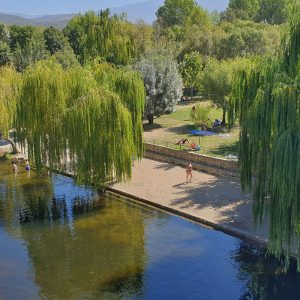
Natural Swimming Holes and Bathing Areas
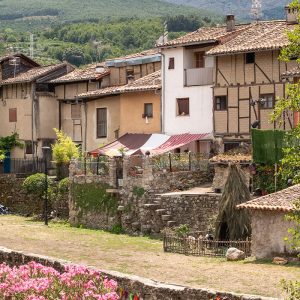
Jewish Quarter of Hervás

Segura de Toro and the Vettone Legacy
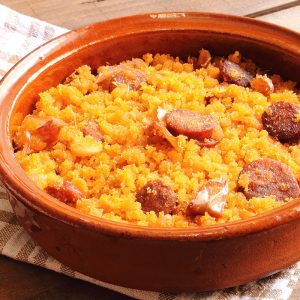
Gastronomy
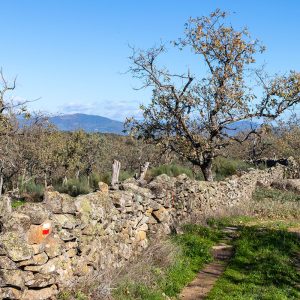
Historic Trails: Vía de la Plata and Vía Verde de la Plata
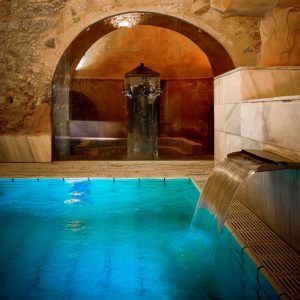
Roman Thermal Baths Museum and Spa




